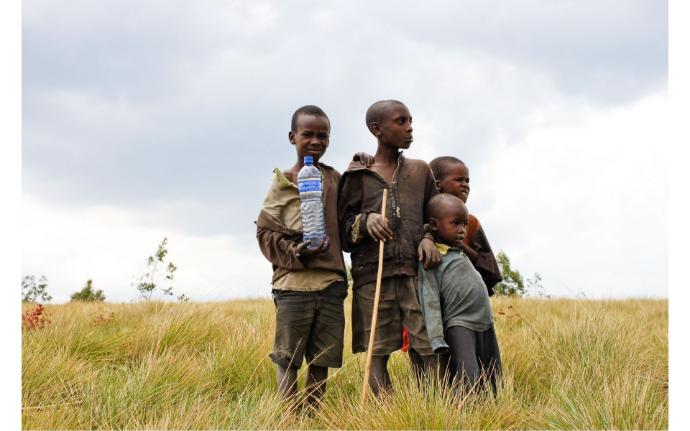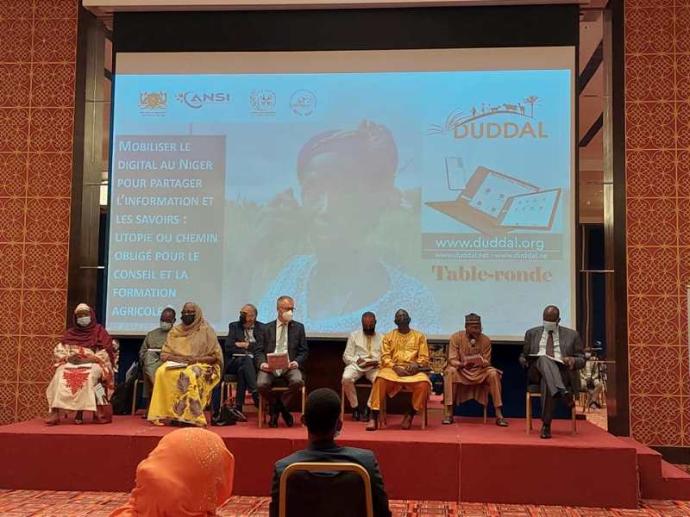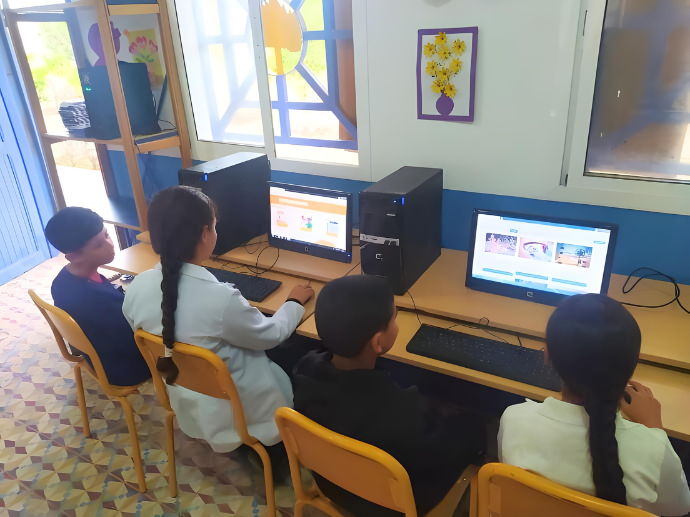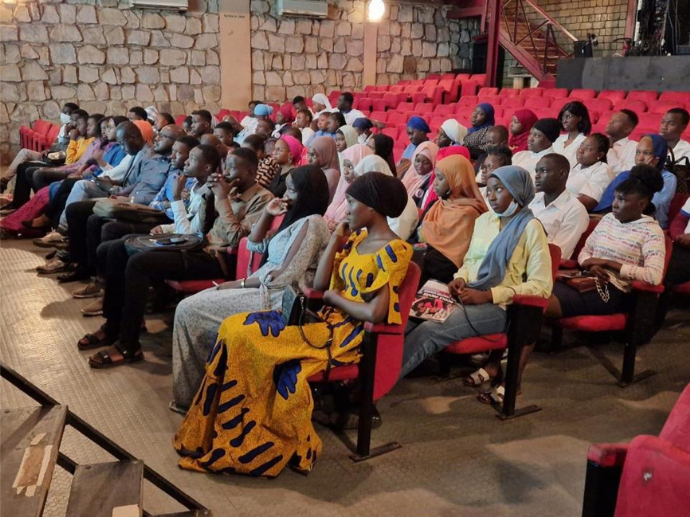In Africa, regional disparities in connectivity represent one of the major obstacles to inclusive digital development. These inequalities are not only evident between countries, but more significantly, between urban and rural areas within the same countries.
rban areas, particularly major capitals and economic centers, generally benefit from more developed infrastructure. These areas typically enjoy extensive mobile network coverage (3G, 4G, and in some cases, 5G), more frequent access to fixed broadband (ADSL or fiber), and a higher density of technological installations. Such cities attract telecom operators’ investments because they offer greater profitability, thanks to concentrated populations, higher purchasing power, and consistently growing demand.
In contrast, rural areas are often left behind. They face multiple disadvantages : low population density, difficult terrain, lack of reliable electricity, and lower income levels. Deploying a mobile tower, laying fiber-optic cables, or ensuring regular maintenance in these areas involves high costs and an uncertain return on investment. As a result millions of Africans in rural regions lack access to reliable Internet, or must rely on weak and unstable mobile networks.

At the continental level, the differences between regions are also striking. For example, in North Africa, the average cost of 1 GB of mobile data is $0.86. In Sub-Saharan Africa, the average reaches $3.31 per GB, a figure that hides even more dramatic disparities. In Zimbabwe, for instance, 1 GB of data can cost up to 43,75 dollars while the average monthly salary is under $400. On the other hand, countries like Ghana and Kenya stand out with significantly more affordable prices, thanks to proactive public policies and strong competition among operators. In 2023, the average cost of 1 GB was $0.40 in Ghana and $0.59 in Kenya.
Technological disparities also persist. While some countries are already testing 5G in certain cities, others still struggle to provide reliable 3G coverage in rural areas. Meanwhile, services like Starlink have begun to cover previously unreachable zones, but their cost remains prohibitive for most households outside urban centers.
These connectivity inequalities are not just technical—they have direct impacts on access to information, education, healthcare, and economic opportunities. Reducing these gaps is a strategic priority for the continent’s future. Hybrid solutions, like those proposed by companies such as DataCup are essential to bridge the digital divide and ensure equitable access to knowledge, regardless of where people live.
 Duddal
Duddal SOS Village d'Enfants Niger
SOS Village d'Enfants Niger



Regional Disparities in Connectivity and Internet Access